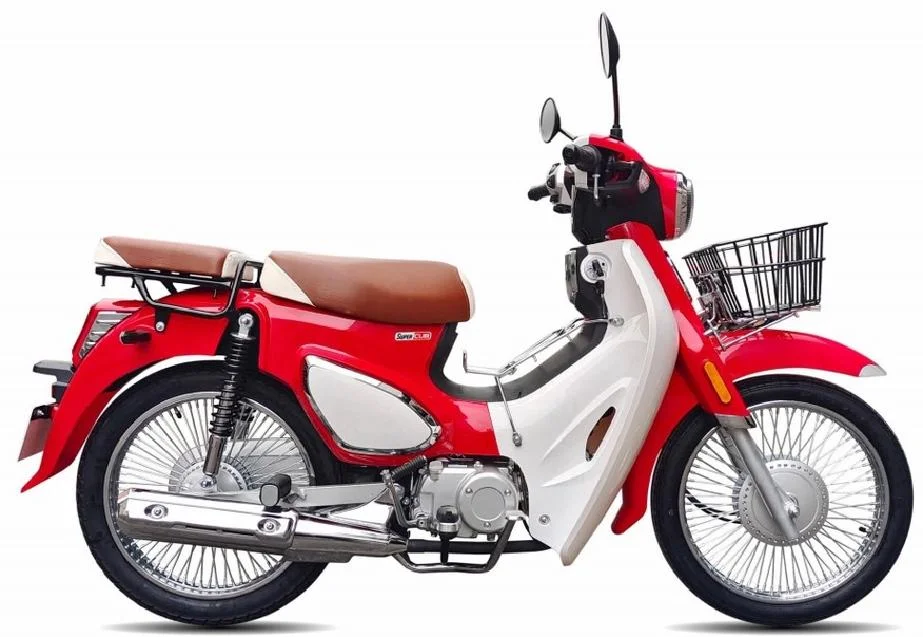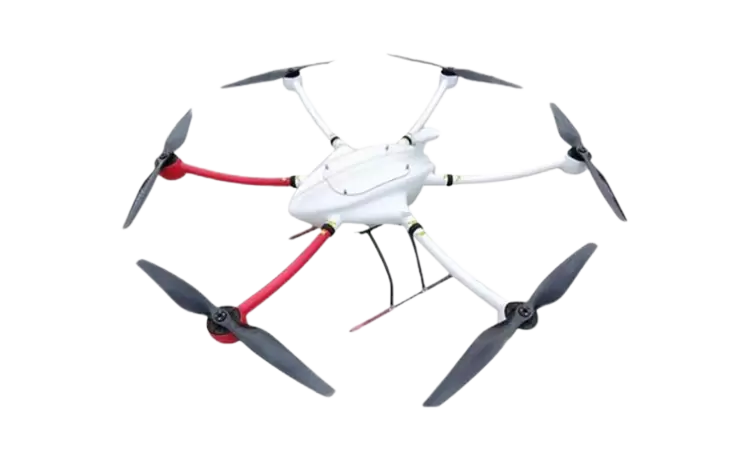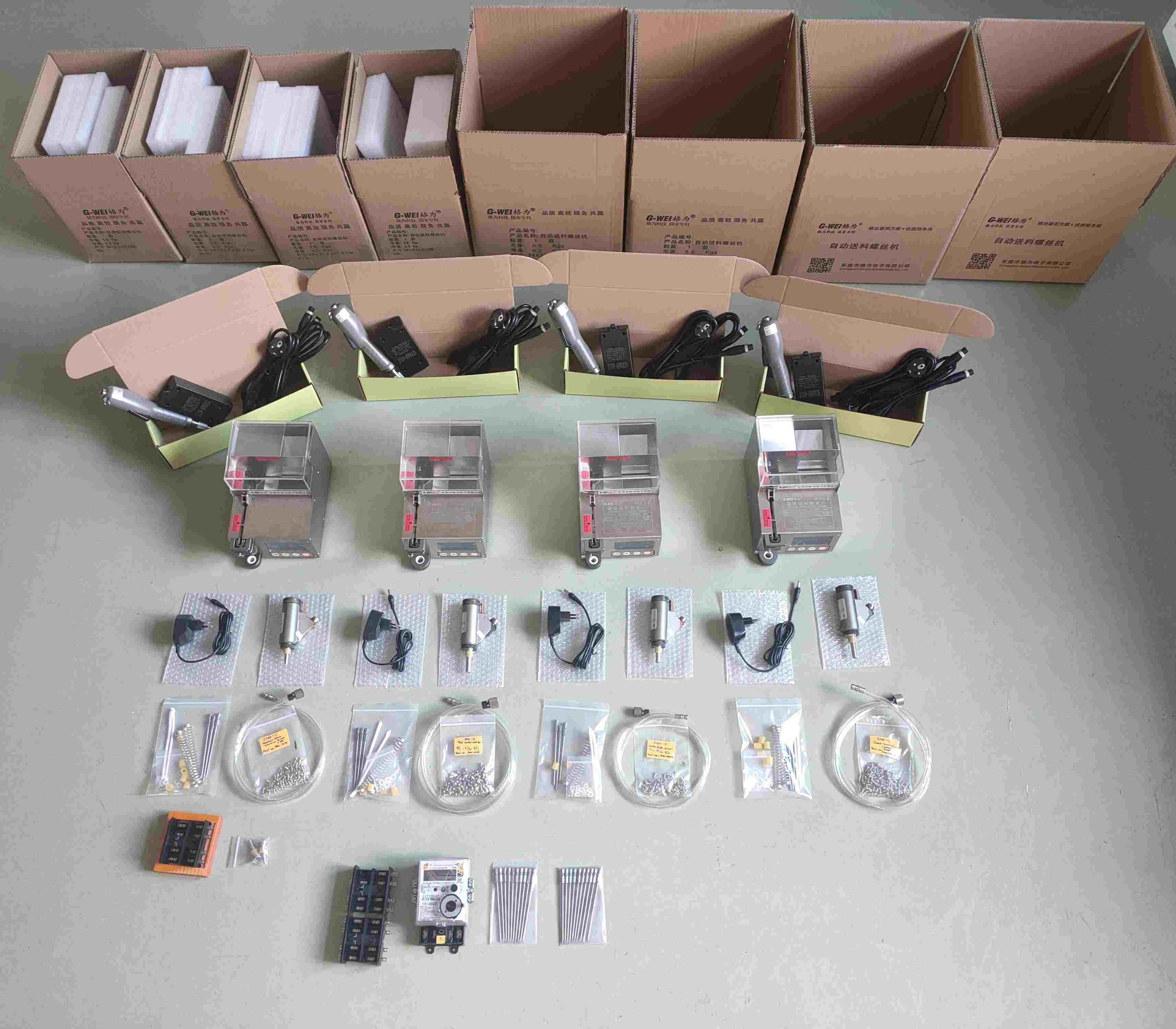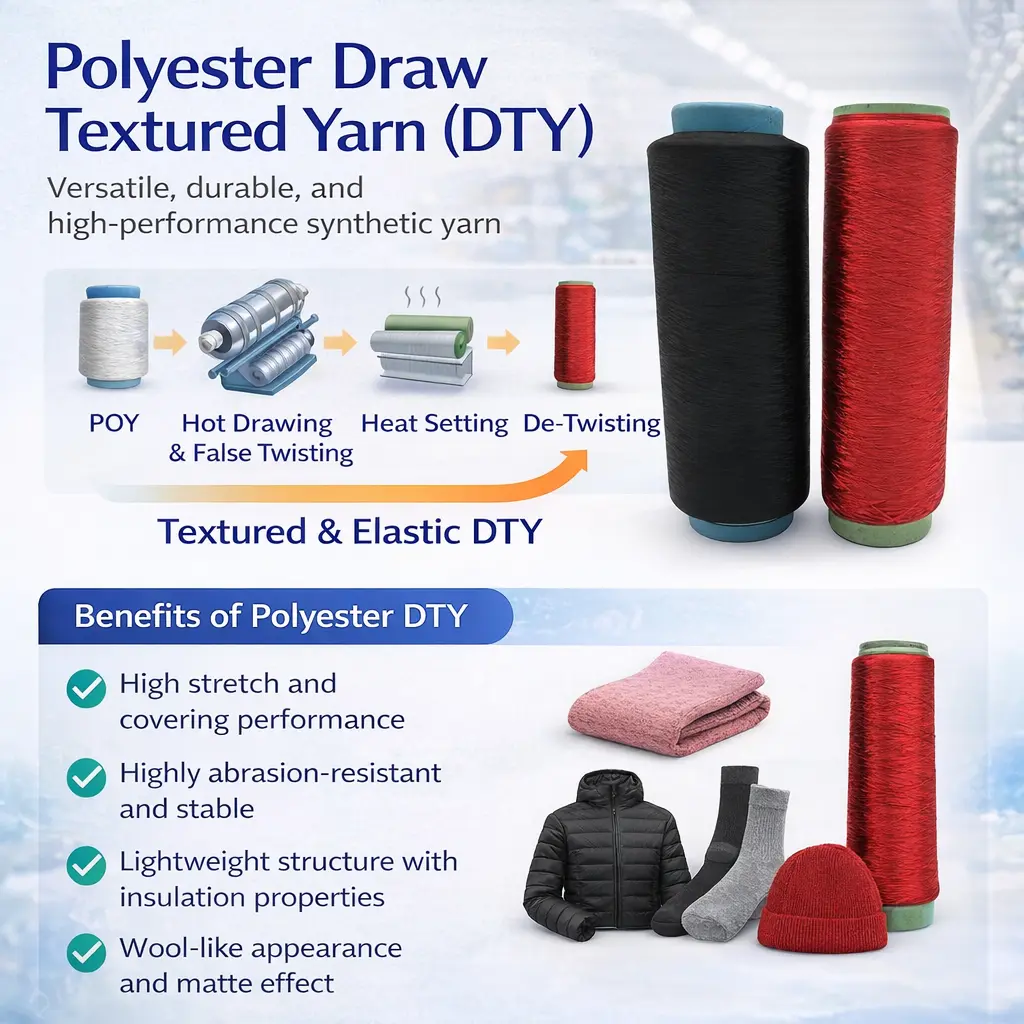In an increasingly interconnected world, the efficiency of freight transport has become a pivotal factor in global trade and logistics. As businesses strive to optimize their supply chains, understanding the nuances of various transport modes is essential. This article delves into the most efficient freight transport methods, examining their advantages, challenges, and the technological innovations shaping their future.
Understanding Freight Transport Efficiency
Before we explore specific transport modes, it’s crucial to define what efficiency means in the context of freight transport. Efficiency can be measured through several key performance indicators (KPIs), including:
- Cost-effectiveness: The total expenditure involved in transporting goods, including fuel, labor, and maintenance.
- Speed: The time taken to move goods from origin to destination.
- Reliability: The consistency of transport schedules and the ability to meet delivery deadlines.
- Environmental Impact: The carbon footprint and sustainability of the transport method.
- Capacity Utilization: The ability to maximize the volume of goods transported relative to the transport vehicle's capacity.
Modes of Freight Transport
- Road Transport
Road transport is one of the most flexible and widely used methods for freight movement. It is particularly effective for short to medium distances and offers door-to-door service. However, its efficiency can be impacted by traffic congestion, road conditions, and regulatory constraints.
Advantages:
- Flexibility in routing and scheduling.
- Ideal for last-mile delivery.
- Lower initial investment compared to other modes.
Challenges:
- Vulnerable to traffic delays and weather conditions.
- Higher emissions per ton-mile compared to rail or sea transport.
- Rail Transport
Rail transport is renowned for its ability to move large volumes of goods over long distances at a lower cost per ton-mile. It is particularly efficient for bulk commodities such as coal, grain, and minerals.
Advantages:
- High capacity and fuel efficiency.
- Lower environmental impact compared to road transport.
- Reliable schedules and reduced transit times for long distances.
Challenges:
- Limited flexibility in routing.
- Infrastructure costs and maintenance can be significant.
- Maritime Transport
Maritime transport is the backbone of international trade, responsible for moving approximately 90% of the world’s goods by volume. It is the most cost-effective method for transporting large quantities of goods over long distances.
Advantages:
- Economies of scale due to large cargo capacities.
- Lower emissions per ton-mile compared to other modes.
- Ability to transport a wide variety of goods, including hazardous materials.
Challenges:
- Longer transit times compared to air and road transport.
- Vulnerable to port congestion and weather disruptions.
- Air Transport
Air transport is the fastest mode of freight transport, making it ideal for high-value, time-sensitive goods such as electronics, pharmaceuticals, and perishables.
Advantages:
- Speed and reliability for urgent shipments.
- Global reach with extensive networks.
Challenges:
- High costs associated with fuel and handling.
- Limited capacity compared to other modes.
The Role of Technology in Enhancing Efficiency
As the logistics industry evolves, technology plays a crucial role in enhancing the efficiency of freight transport. Key innovations include:
- Telematics and IoT: These technologies enable real-time tracking of shipments, optimizing routes and reducing delays.
- Automation and Robotics: Automated warehouses and robotic handling systems streamline operations, reducing labor costs and increasing throughput.
- Blockchain: This technology enhances transparency and security in the supply chain, reducing fraud and improving trust among stakeholders.
- Sustainable Practices: The adoption of electric and hybrid vehicles, as well as alternative fuels, is helping to reduce the environmental impact of freight transport.
Conclusion: The Future of Efficient Freight Transport
Determining the most efficient freight transport method is not a one-size-fits-all solution; it depends on various factors, including the nature of the goods, distance, and specific logistical requirements. As businesses continue to seek ways to optimize their supply chains, a hybrid approach that leverages the strengths of multiple transport modes may emerge as the most effective strategy.
In conclusion, the future of freight transport efficiency lies in embracing technological advancements, optimizing existing infrastructures, and adopting sustainable practices. By doing so, businesses can not only enhance their operational efficiency but also contribute to a more sustainable and resilient global supply chain.





